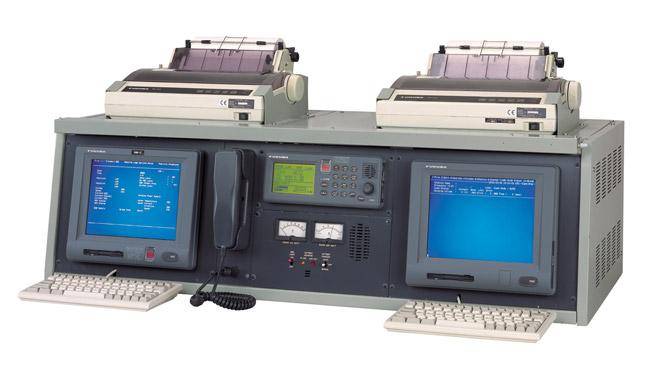The GMDSS radio equipment requirements are categorized as following:General Sea area A1 Sea areas A1 and A2 Sea areas A1, A2 and A3 Sea areas A1, A2, A3 and A4 Radio equipment: GeneralEvery ship shall be provided with:VHF radio capable of transmitting and receiving:-DSC on the frequency 156.525 MHz (channel 70) and maintain a continuous watch on the same -Radiotelephony on the frequencies 156.300 MHz (channel 6), 156.650 MHz (channel 13) and 156.800 MHz (channel 16);A search and rescue locating device (SART) capable of operating either … [Read more...]
